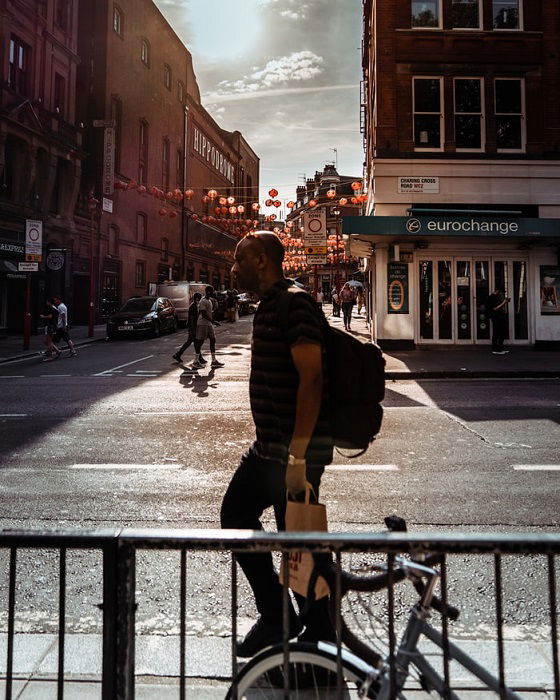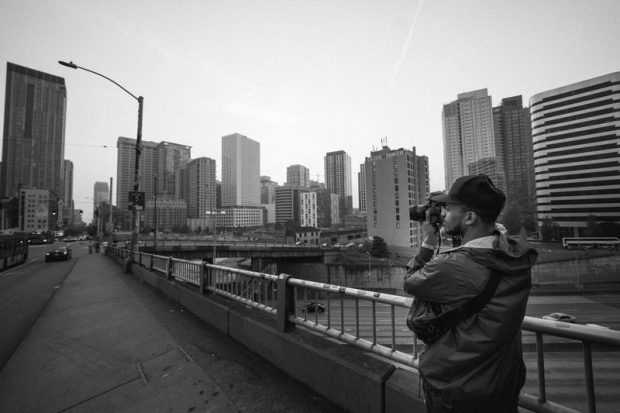Not known Incorrect Statements About Framing Streets
Wiki Article
Excitement About Framing Streets
Table of ContentsThe Buzz on Framing StreetsThe Definitive Guide for Framing StreetsIndicators on Framing Streets You Should KnowThe smart Trick of Framing Streets That Nobody is Talking AboutIndicators on Framing Streets You Need To Know10 Simple Techniques For Framing Streets
Photography style "Crufts Pet Program 1968" by Tony Ray-Jones Street photography (additionally sometimes called candid photography) is photography carried out for art or query that includes unmediated chance encounters and arbitrary events within public places, typically with the objective of recording photos at a definitive or poignant moment by mindful framing and timing. 
, that was inspired to embark on a comparable documentation of New York City. As the city established, Atget aided to advertise Parisian roads as a worthy topic for digital photography.

The 6-Minute Rule for Framing Streets
In between 1946 and 1957 Le Groupe des XV every year exhibited work of this kind. Andre Kertesz. Circus, Budapest, 19 May 1920 Street digital photography created the significant content of 2 exhibits at the Museum of Modern Art (Mo, MA) in New York curated by Edward Steichen, 5 French Photographers: Brassai; Cartier-Bresson, Doisneau, Ronis, Izis in 1951 to 1952, and Post-war European Digital Photography in 1953, which exported the principle of street photography worldwide.
Framing Streets - The Facts
, then an instructor of young children, associated with Evans in 193839.'s 1958 publication,, was significant; raw and usually out of focus, Frank's pictures questioned mainstream digital photography of the time, "tested all the official guidelines laid down by Henri Cartier-Bresson and Pedestrian Evans" and "flew in the face of the wholesome pictorialism and wholehearted photojournalism of American publications like LIFE and Time".Report this wiki page